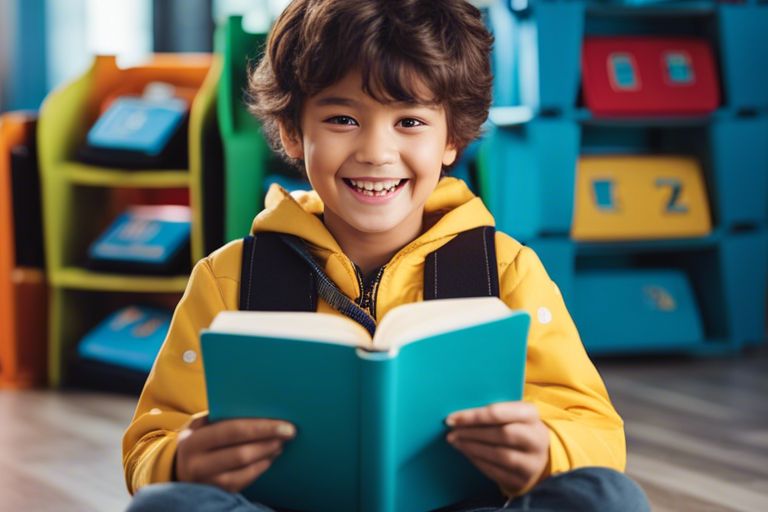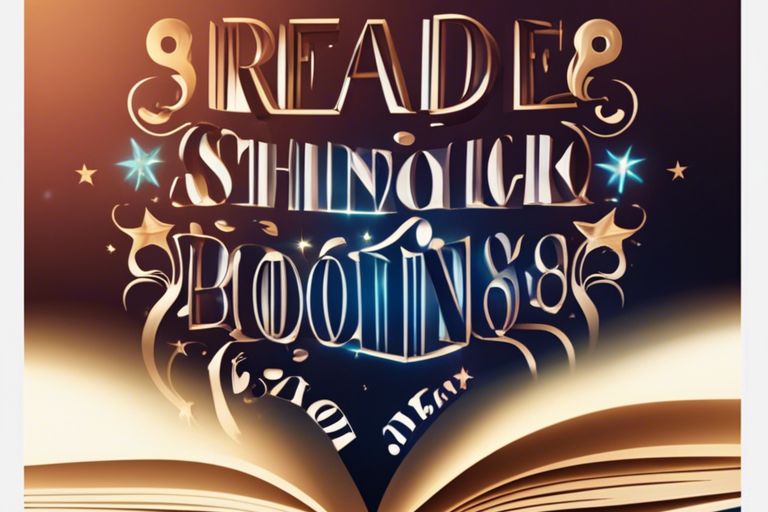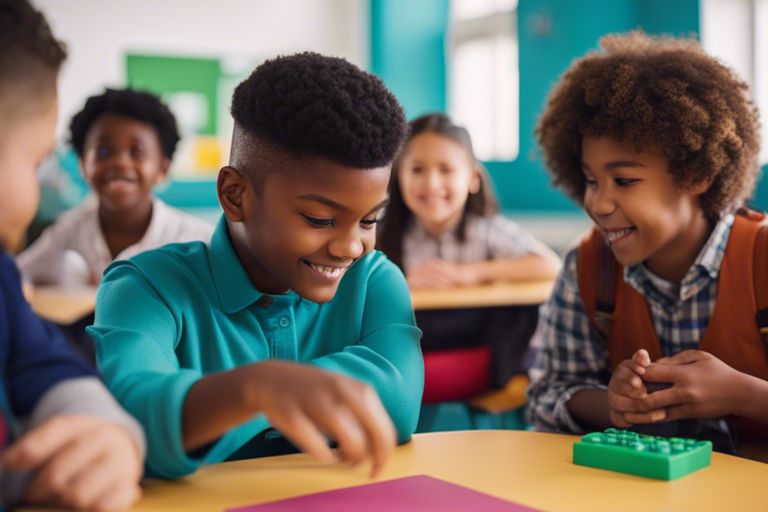Why is Reading Important?
Reading is important for many reasons, both practical and personal. Here are some reasons why reading is important:
- Language Development: Reading helps to develop language skills, including vocabulary, grammar, and sentence structure. Children who are read to at a young age tend to have stronger language skills later in life.
- Knowledge: Reading allows us to learn about different topics and ideas, from history to science to literature. It expands our understanding of the world and helps us make connections between different subjects.
- Empathy: Reading fiction can help us develop empathy by allowing us to see the world through different perspectives and understand the experiences of others.
- Cognitive Development: Reading can improve our cognitive function, including our memory, attention span, and critical thinking skills.
- Communication: Reading helps us to communicate effectively, both in written and oral form. It can improve our ability to articulate our thoughts and ideas.
- Imagination: Reading can spark our imagination and creativity, allowing us to envision new possibilities and ideas.
- Stress Reduction: Reading can be a form of relaxation and stress relief. It can help us to escape from our daily routines and immerse ourselves in different worlds and experiences.
A good reader is someone who not only has the technical skills to read and understand text, but who also has a love of reading and an ability to engage with the material on a deeper level. Here are the top 3 qualities of a good reader:
- Fluency: A good reader is able to read smoothly and at a good pace, without stumbling over words or needing to stop frequently to decode words.
- Comprehension: A good reader understands what they are reading and is able to make connections between the text and their own knowledge and experiences.
- Vocabulary: A good reader has a wide range of vocabulary words at their disposal, which allows them to better understand the nuances of the text.
Ways to Make your Child Fall in Love with Reading
There are many ways to encourage a child to fall in love with reading. Here are some ideas:
- Start reading to your child at a young age: Even if your child is too young to understand the words, hearing the sound of your voice and looking at the pictures will help them associate reading with a positive experience.
- Make it a daily habit: Set aside a regular time each day to read with your child, such as before bedtime. This will create a routine and make reading a natural part of their day.
- Let your child choose what they want to read: Allow your child to pick out their own books, whether it’s a picture book or a chapter book. This will help them feel empowered and invested in the reading experience.
- Create a comfortable reading environment: Make sure your child has a comfortable place to sit and read, with good lighting and a variety of books to choose from.
- Make it fun: Encourage your child to act out the story or make predictions about what will happen next. Ask them questions about the story and encourage them to share their own ideas and opinions.
- Lead by example: Let your child see you reading for pleasure. If they see that reading is important to you, they are more likely to develop a love for reading themselves.
- Celebrate reading milestones: When your child finishes a book or learns a new word, celebrate their achievement with a small reward or praise. This will help them feel proud of their reading accomplishments and motivate them to keep reading.
What Makes a Good Reader?
A good reader is someone who not only has the technical skills to read and understand text, but who also has a love of reading and an ability to engage with the material on a deeper level. Here are the top 3 qualities of a good reader:
- Fluency: A good reader is able to read smoothly and at a good pace, without stumbling over words or needing to stop frequently to decode words.
- Comprehension: A good reader understands what they are reading and is able to make connections between the text and their own knowledge and experiences.
- Vocabulary: A good reader has a wide range of vocabulary words at their disposal, which allows them to better understand the nuances of the text.
Resources To Support Your Child’s Reading
Improving Comprehension
Comprehension Cubes
Reading Comprehension Cubes are a set of educational resources designed to help children improve their reading comprehension skills. These resources include a set of dice with different reading comprehension questions or prompts on each face.
These questions encourage children to think critically about the text and develop their comprehension skills. Reading Comprehension Cubes can be used at home or in the classroom and are an interactive way to improve reading comprehension skills.
Fiction comprehension challenge cards for gifted readers Ages 6-7
These cards are designed to provide an additional challenge for gifted readers and encourage them to think critically about the text they are reading. They can be used at home or in the classroom and are recommended for children in ages 6-7 who are advanced readers. These cards are a fun and interactive way to help gifted readers develop their comprehension skills and engage with literature in a more meaningful way.
Classroom Beach Ball: Reading Comprehension
The “Classroom Beach Ball Game” is an educational resource designed to help teachers engage students in conversations or reading comprehension activities.
Overall, the Classroom Beach Ball Game is a useful resource for teachers who want to make learning activities more engaging and interactive. It provides a fun way for children to participate in conversations or reading comprehension activities, promoting critical thinking and communication skills.
Fiction comprehension challenge cards for gifted readers Ages 6-7
These cards are designed to provide an additional challenge for gifted readers and encourage them to think critically about the text they are reading. They can be used at home or in the classroom and are recommended for children in ages 6-7 who are advanced readers. These cards are a fun and interactive way to help gifted readers develop their comprehension skills and engage with literature in a more meaningful way.
Reading Comprehension for Year 1:
“Brilliant Activities for Reading Comprehension, Year 1” is a book that provides engaging stories and activities to help develop reading comprehension skills in children in their first year of primary school. The book includes a range of fiction and non-fiction texts, as well as activities that encourage children to think critically about what they have read.
Reading Comprehension Cubes
The “Reading Comprehension Cubes” are an educational resource designed to help children develop their reading comprehension skills. The cubes are manipulative learning tools that come in three different colours and include a set of dice with questions to encourage critical thinking.
Overall, the Reading Comprehension Cubes are a useful resource for teachers and parents who want to help children develop their reading comprehension skills.
Improving Fluency
Learn to Read, Reading Game
The “Galt Toys, Learn to Read” is a reading game designed for children aged 5 years and above. The game includes 12 self-correcting puzzles that help children learn how to read words and sentences.
It’s a useful resource for parents and teachers who want to help children develop their reading skills in a fun and engaging way. The game provides a hands-on learning experience that allows children to learn and practise independently, making it an excellent addition to any home or classroom.
Sight Words & Phonics Flash Cards
The Torlam Sight Words & Phonics Flash Cards is a set of educational flashcards designed to help children learn to read and spell. The cards can be used for homeschooling or in the classroom.
Reading Rods: Sentence Construction
The “Learning Resources Reading Rods Sentence Construction” is a set of linking cubes designed to help children learn to read and build sentences. The set includes 156 linking cubes in different colours and sizes, with various parts of speech printed on them, such as nouns, verbs, adjectives, and adverbs.
Word Building Kit
The PlayShifu Educational Word Game – Plugo Letters is a STEM toy designed to help children aged 4-8 improve their phonics, spelling, and grammar skills. The kit includes 48 alphabet tiles, a play tray, and a companion app that offers nine different learning games. The app is compatible with both iOS and Android devices.
The interactive nature of the game and the multiple difficulty levels make it suitable for children of different ages and skill levels. Additionally, parental controls provide peace of mind for parents who want to monitor their child’s progress.
Alphabet Activity Mat
The Learning Resources Alphabet Marks the Spot Alphabet Activity Game is a fun and interactive way for kids to learn the alphabet. The game includes a 4-foot mat with 26 lowercase letter circles and an inflatable alphabet cube.
It is a fun and educational tool to help children learn the alphabet and develop their literacy skills. The game’s multiple variations, active learning approach, and durable materials make it suitable for both classroom and home use.
Sentence Building Game
The “Sentence Building” game is an open-ended learning game designed for children, including English Language Learners (ELL). The game includes 86 durable cards with colourful pictures and words that students can use to build simple and complex sentences.
The game is a useful resource for parents and teachers who want to help students develop their sentence-building skills, vocabulary, and language proficiency.
Letter Sound Games
The Junior Learning Store offers several 6 letter sound games designed to help children develop their phonics skills. The games include: 2 board games, 2 matching games, 10 puzzles and 4 flower puzzles.
The games cover CVC words, decoding words and captions, short vowels and initial/final sounds in words.
Improving Vocabulary
Vocabulary Flashcards for Ages 5-7
The “Vocabulary Flashcards for Ages 5-7” is an educational resource designed to help children in Key Stage 1 (ages 5-7) develop their vocabulary skills. The flashcards are part of the CGP KS1 Activity Books and Cards series and include a variety of words that are essential for children in this age range.
The Vocabulary Flashcards are a useful resource for parents and teachers who want to help children develop their vocabulary skills. It provides a fun and engaging way for children to learn new words and improve their language skills, which is essential for their academic success.
Mrs Wordsmith Vocabularious Card Game
The “Mrs Wordsmith Vocabularious Card Game” is an educational resource designed to help children develop their vocabulary skills. The card game includes 500 illustrated word cards, divided into five categories, and a game guide to help children play and learn new words.
It’s a useful resource for parents and teachers who want to help children develop their vocabulary skills. It provides a fun and engaging way for children to learn new words and improve their language skills, which is essential for becoming a great reader.
Mrs Wordsmith Storyteller's Word A Day: Boost Vocabulary and Storytelling
The “Mrs Wordsmith Storyteller’s Word A Day” is an educational resource designed to help children boost their vocabulary and storytelling skills. The book includes 180 new words, each with an illustrated definition, an example sentence, and a related word game. The book also comes with a free 3-month subscription to the Word Tag video game, which reinforces vocabulary learning.
Vocabulary Book (Age 4-8 years)
The “Mrs Wordsmith Epic Words Vocabulary Book” is an educational resource designed to help children aged 4-8 (Key Stages 1-2) improve their vocabulary, reading, and comprehension skills. The book includes 1,000 words, each illustrated with humorous and engaging illustrations to help children remember and understand the meanings of the words.





























